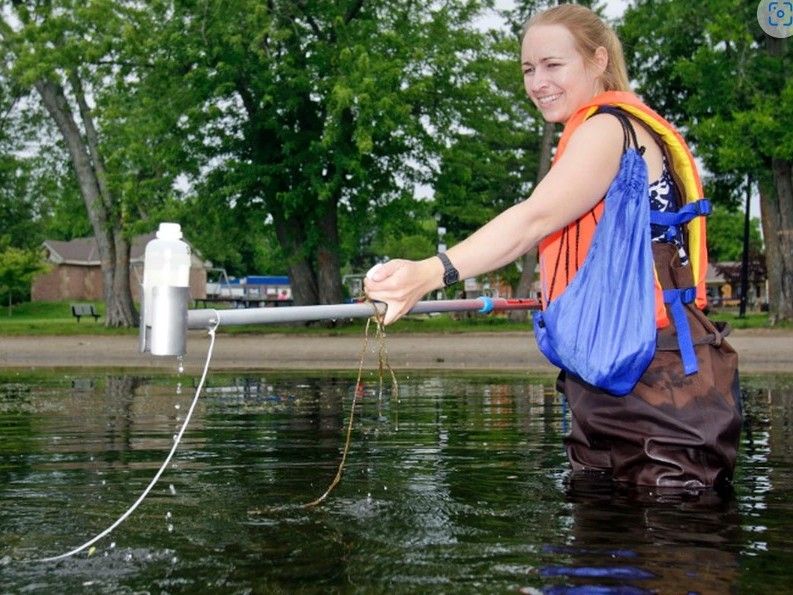In a crucial move to safeguard public health this summer, Ontario health units have launched their annual beach water testing programs across the province. As temperatures climb and residents flock to shorelines for relief from the heat, these testing initiatives serve as the first line of defense against potential waterborne illnesses that could otherwise mar the summer recreation season.
The Leeds, Grenville and Lanark District Health Unit commenced testing at nine public beaches this week, marking the official start of a provincial monitoring system that will continue through the Labor Day weekend. Water samples are being collected and analyzed weekly for E. coli bacteria levels, providing vital information about the safety of popular swimming destinations.
“Beach water quality can change rapidly due to environmental factors such as rainfall, wind direction, and water temperature,” explained Dr. Nathalie Bernier, Medical Officer of Health for the region. “Our consistent testing schedule allows us to identify potential risks quickly and alert the public when necessary.”
The monitoring program is particularly significant this year as climate scientists have predicted above-average temperatures for much of Ontario, potentially leading to increased beach usage. Last summer, the province saw several beach closures due to elevated bacteria levels, affecting thousands of recreational swimmers and causing economic impacts on tourism-dependent communities.
When samples exceed the provincial safety threshold of 200 E. coli per 100 milliliters of water, health officials post warning signs advising against swimming. These elevated bacteria levels are typically caused by stormwater runoff, sewage overflows, or large populations of waterfowl. Children, elderly individuals, and those with compromised immune systems face the highest risk of illness from contaminated water.
“This isn’t just about preventing a day of stomach upset,” noted environmental health specialist Teresa Clow. “We’re preventing potentially serious infections while ensuring Ontario’s beautiful beaches remain accessible and enjoyable for everyone.”
The health unit’s website provides real-time updates on beach conditions, allowing residents to check water quality before heading out. Additionally, a new mobile app has been developed this year to deliver alerts directly to users’ phones when conditions change at their favorite swimming spots.
Beyond bacteria testing, some health units have expanded their monitoring to include checks for blue-green algae, a growing concern as water temperatures rise across the Great Lakes region. These harmful algal blooms can produce toxins dangerous to both humans and pets, adding another dimension to water safety concerns.
Local governments are also taking proactive measures to improve water quality, including enhanced stormwater management systems and public education campaigns about reducing pollution. Several municipalities have implemented stricter regulations on shoreline development to minimize environmental impacts that could affect water quality.
“What happens on land inevitably affects our waterways,” said environmental scientist Dr. Mark Thompson from the Ontario Water Research Institute. “These testing programs not only protect public health in the short term but also help identify long-term trends that inform environmental policy decisions.”
As Ontarians prepare for what could be one of the busiest beach seasons in recent years, health officials emphasize that the testing program represents a significant public health investment. Last year, the program detected unsafe conditions more than 120 times across the province, potentially preventing thousands of waterborne illnesses.
As we venture into another summer of lakeside enjoyment, how might we balance our desire for cooling recreation with the responsibility to protect these vital natural resources for future generations?










